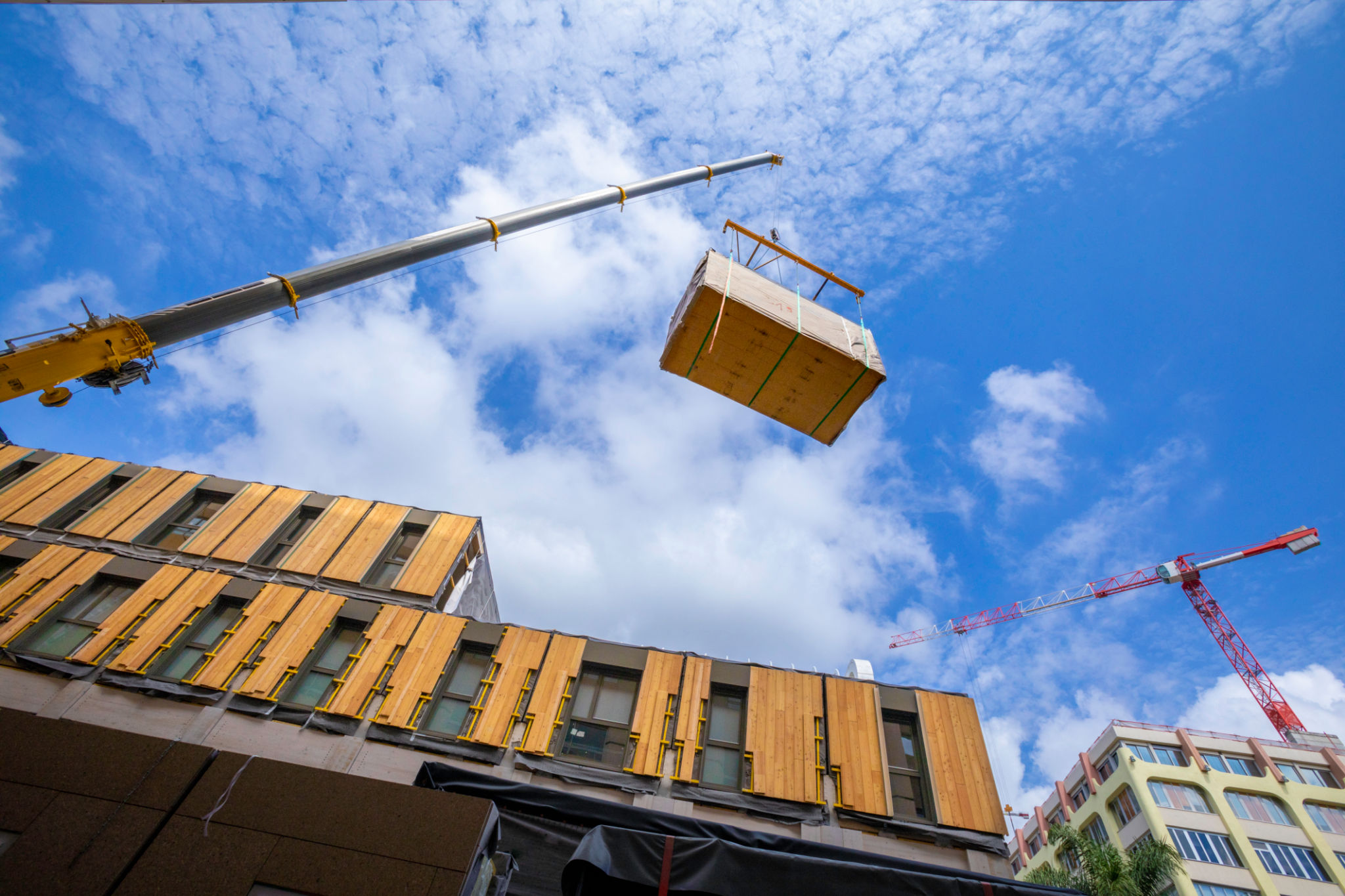Case Study: Transforming a Brisbane Home with Eco-Friendly Renovations
Introduction to Eco-Friendly Renovations
In recent years, the trend towards sustainable living has gained significant momentum. Homeowners are increasingly seeking ways to reduce their carbon footprint while enhancing the aesthetic appeal and functionality of their homes. This case study delves into the story of a Brisbane family who transformed their home through a series of eco-friendly renovations. Their journey not only showcases the potential of sustainable home improvements but also provides valuable insights for anyone considering a similar path.

Initial Assessment and Planning
The first step in the renovation process was a comprehensive assessment of the existing home. The family collaborated with a team of eco-design experts to identify areas with the most significant environmental impact. This assessment considered factors such as energy efficiency, water usage, and materials sustainability. After thorough analysis, a detailed plan was developed, focusing on maximizing the home's energy efficiency and minimizing waste.
Setting Sustainable Goals
Key goals included reducing energy consumption by 50%, incorporating renewable energy sources, and using sustainable materials throughout the renovation. The family prioritized goals based on feasibility and potential environmental impact, ensuring that each step contributed towards a greener lifestyle.

Implementing Energy-Efficient Solutions
One of the most impactful changes was upgrading the home's insulation and installing energy-efficient windows. These improvements significantly reduced heat loss and maintained a consistent indoor temperature, contributing to lower energy bills and a reduced carbon footprint. Additionally, a solar panel system was installed to harness Brisbane's abundant sunshine, providing clean energy for the household.
Smart Home Technologies
The family also integrated smart home technologies to optimize energy usage. Smart thermostats, LED lighting, and energy-efficient appliances were installed, providing further reductions in energy consumption. These technologies allowed for precise control over energy use, aligning with the family's sustainability goals.

Water Conservation Efforts
Water conservation played a crucial role in the renovation process. The installation of rainwater harvesting systems and low-flow fixtures significantly reduced water usage. The collected rainwater was used for irrigation and other non-potable applications, further decreasing reliance on municipal water supplies.
Landscaping with Native Plants
To complement water conservation efforts, the family redesigned their garden using native plants that require minimal watering. This not only enhanced the property's aesthetics but also supported local biodiversity and reduced maintenance needs.

Using Sustainable Materials
The choice of materials was a critical aspect of the renovation. Reclaimed wood, recycled metal, and low-VOC paints were used extensively throughout the project. These materials not only reduced environmental impact but also added unique character and charm to the home.
Long-Term Benefits
By opting for durable and sustainable materials, the family ensured that their home would require less frequent repairs and replacements, leading to long-term cost savings and environmental benefits.
Conclusion: A Model for Sustainable Living
This Brisbane home renovation serves as an inspiring example of how eco-friendly practices can transform a traditional home into a model of sustainability. The family's commitment to reducing their environmental impact resulted in a comfortable, efficient, and beautiful living space that aligns with their values.
Their journey underscores the importance of thoughtful planning and collaboration with experts in achieving successful eco-friendly renovations. As more homeowners embrace sustainability, projects like this will continue to pave the way for greener living in communities worldwide.

